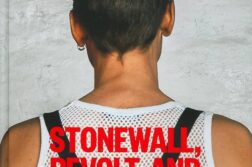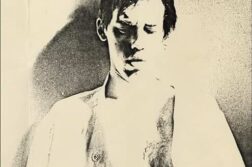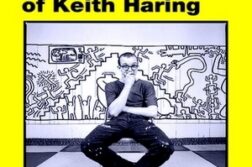Published in: January-February 2011 issue.
Hide/Seek
Curated by Jonathan D. Katz and David C. Ward
At the National Portrait Gallery
YOU CAN GET TO Hide/Seek, the groundbreaking exhibit of gay art at the National Portrait Gallery in Washington D.C., which runs through February 13, 2011, in one of two ways. The first is down a corridor lined with photographs of Elvis Presley. The second is through an exhibit called The Search for Justice displaying black civil rights figures, Earl Warren, and two white feminists.






